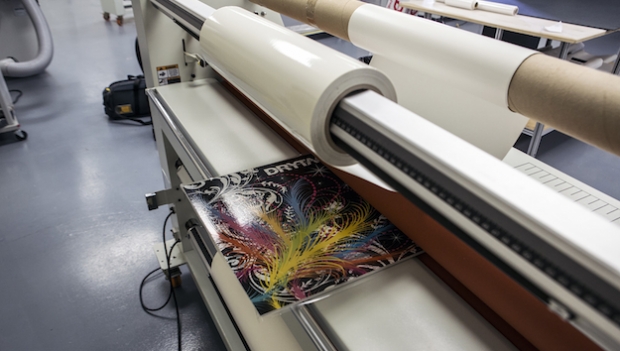the carbon footprint of worldwide food losses and food waste amountsto the equivalent of 3.3 giga tons of co2 emissions.1 compared to theco² emissions of individual countries this volume ranks third amongthe world&rsquos biggest greenhouse gas emitters after china and theusa. what this means in concrete terms is that the greenhouse gasassociated with the production, processing, transport and storage of allnonconsumed food corresponds to roughly half of what both china andthe usa emit into the atmosphere each year. for germany this figurestands at approximately one giga ton, i.e. less than one third of allglobal emissions caused by food loss and waste. 3.3 giga tons &ndash or 3.3billion tons in other words &ndash are an enormous amount. by comparisonthe greenhouse gas emissions associated with road traffic in all of theusa totalled 1.5 giga tons in 2010.2broken down into food categories, cereals at 34 account for thebiggest share in greenhouse gas emissions caused by food loss andwaste, followed by meat and vegetables at 21 each. at only 5 thepercentage of meat in the total amount of food loss is far lower than thatof cereals 25 and vegetables below 25. this means meat has aclearly bigger carbonfootprint because it causes in excess of one fifthof greenhouse gas emissions.3 in germany the situation is quite similar.in north rhinewestphalia, for example, meat accounts for almost halfthe carbon footprint in the food value chain &ndash while only accounting forabout 10 of total food waste volume.4the main reasons for meat&rsquos very large carbon footprint lie in the highlevels of energy and resources needed to grow feed, in the machineryused for raising and transporting livestock, in refrigeration &ndash and last butnot least in the substantial co2emissions of ruminants. this is also whycattle raising is considered particularly greenhousegas intensive.losses and carbon footprints also vary across the various stages in thevalue chain. the highest losses occur in production whereas carbonfootprint is at its largest in the consumption stage5 &ndash also due to theenergy required for storage and cooking in private households,restaurants, canteens and the like. 2 greenhouse gas emitted in food manufacturing, transport and storageputs a burden on the environment. but if this food then even perishes oris disposed of, these pollutants have been emitted to the atmospherewithout any benefit. minimising waste and loss is thereforeindispensable for these reasons alone. add to this the fact that one ineight human beings on earth suffer from hunger while one third of allproduced foodstuffs are not consumed.the whole set of problems associated with food loss and waste will beon the agenda of the second international save food congress indüsseldorf from 7 to 8 may. as the no. 1 trade fair for the packagingsector and related process industries, interpack provides an idealplatform for bringing together industry experts from companies andassociations with policymakers and key figures in society.1 food wastage footprint &ndash impacts on natural resources, fao, 20132 ibid.3 ibid.4 reduction of food waste, study by münster university of applied sciences, march 20125 food wastage footprint &ndash impacts on natural resources, fao, 2013about save foodsave food is a joint initiative of the food and agriculture organisation of theunited nations fao and messe düsseldorf gmbh against worldwide foodloss and waste. since the beginning of 2013 the initiative has also beensupported by the united nations environment programme unep. savefood seeks to network between the relevant players in business, governmentand research, encourage dialogue and help to find solutions along the foodvalue chain. another aim is to initiate and promote special save foodprojects with support from industry. save food was launched in düsseldorfin may 2011 with an international convention and an exhibition as part ofinterpack, the world&rsquos leading trade fair in the packaging industry and therelated processing industry. as before, experts from business, government andpublic life will be meeting at interpack 2014 on the 7 and 8 may to discuss theissue of food loss and waste. further details can be found at www.savefood.org. 







